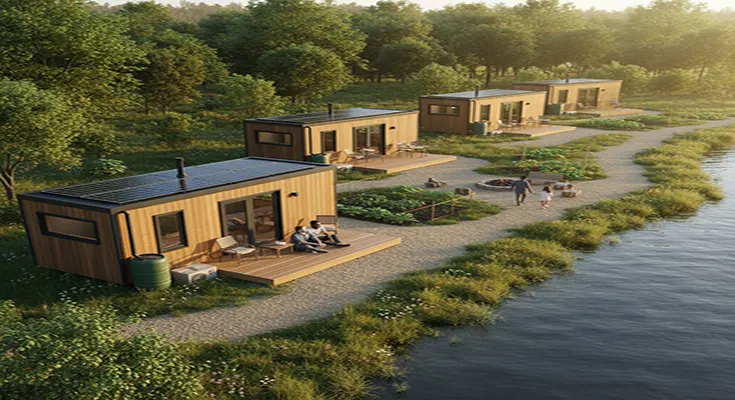
Investing In and Managing Eco-Friendly Tiny Home Developments
The tiny home movement is evolving from a niche trend into a powerful sector of the real estate market, driven by demand for affordability, simplicity, and sustainability.1 For investors, developing and managing eco-friendly tiny home developments offers a unique opportunity to generate returns while contributing positively to environmental goals.
This business plan focuses on the strategic investment and specialized management required to succeed in this green, compact housing segment.
Phase 1: Strategic Investment and Acquisition
The profitability of a tiny home development hinges on smart land acquisition and adherence to specific environmental standards.
1. Target Land Acquisition and Zoning
- Identify Appropriate Zoning: This is the most challenging initial step. Many municipalities restrict tiny homes as permanent dwellings, often classifying them as recreational vehicles (RVs). Focus your search on land zoned for RV parks, mobile home parks, or Planned Unit Developments (PUDs) that allow for smaller-scale, permanent structures.
- Assess Infrastructure

